
Decorating with color in the home can feel daunting if you're someone who's naturally more drawn to neutrals.
While neutral room ideas can create a relaxed and pared-back look, this style does have its limits, and opting to include some color can go a long way in adding more depth and interest to your decor schemes. 'We all need some joy in our life and what better way to do so than inject some color into our interiors,' says Patrick O'Donnell, color expert at Farrow & Ball.
But what's the best way to start incorporating color if you're used to decorating with neutrals only? We spoke to interior designers and color specialists to get their top tips to help ease you into the world of color. 'There are so many tricks to bring color into your home when you are a neutral lover that will make a big impact,' says Kristen Fiore, owner and principal designer at Kristen Elizabeth Design.
How to decorate with color when you're used to neutrals
'Choosing color is really down to personal taste and how colors make you feel, so focus on choosing specific shades and tones for the atmosphere you wish to create in a room, rather than current trends when it making color decisions,' says Ruth Mottershead, Creative Director at Little Greene. 'To start, it’s best to consider how a space is used and the atmosphere you wish to create.'
Below, we've rounded up seven different ways to begin decorating with color – from paint ideas to smaller accents – to help you on your way to refreshing your home decor ideas.
1. Take inspiration from nature
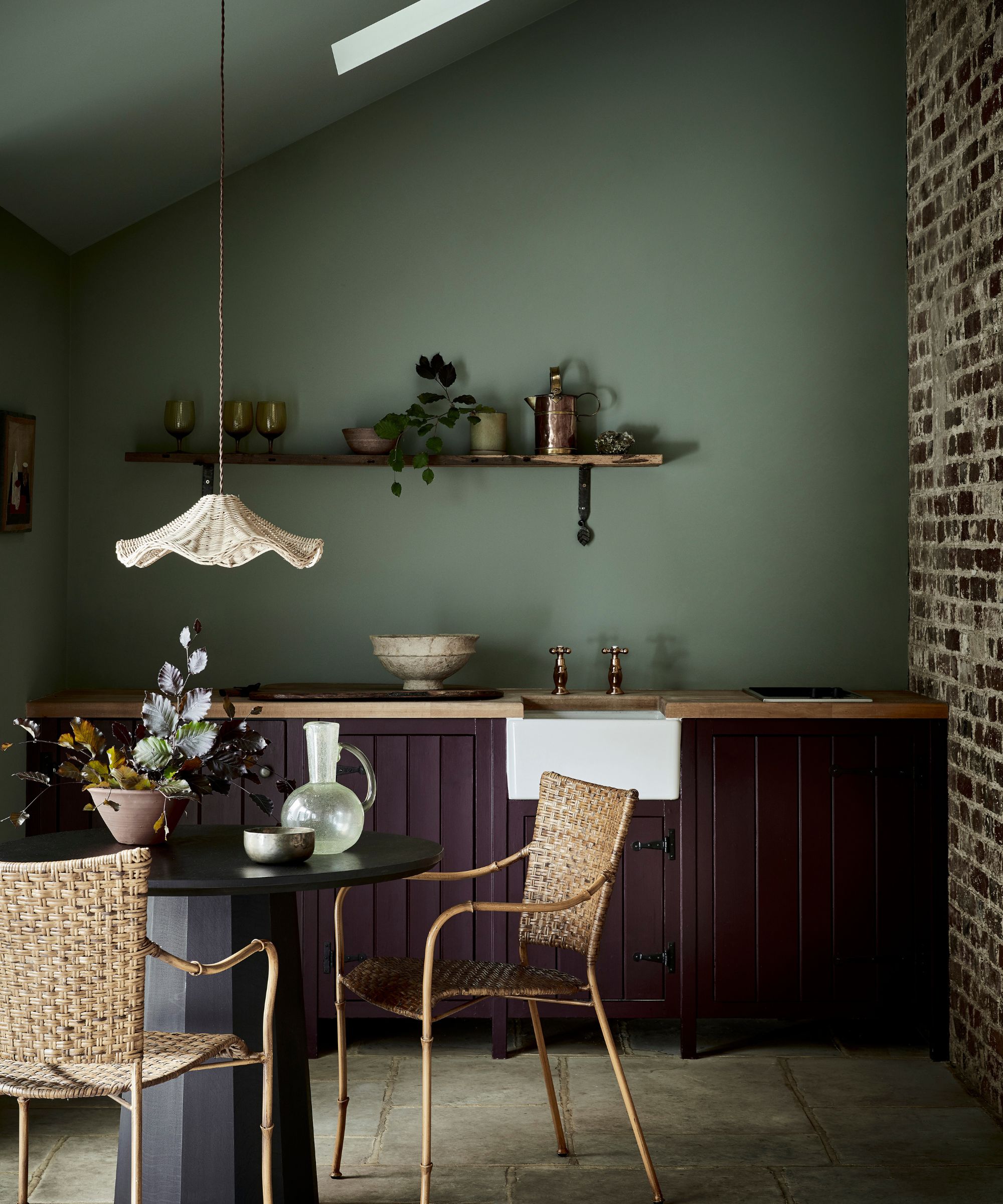
If you're unsure of which colorful hues are best to begin decorating with, referring to nature for inspiration can be a good starting point. These hues tend to be subtle and earthy, creating a natural look in the home that can be a lot more liveable than more vibrant hues. If you're not used to having bright colors in your home, then opting for these understated hues can be an easier transition toward color.
'I love to bring the outside in and nature has some of the best neutrals,' says Melinda Trembly of Rincon Rd. 'Draw inspiration from the moody shades of the mountains, muted shades of green from the plants, or earthy tones in sand, clay, or putty.'
2. Start with colorful accents
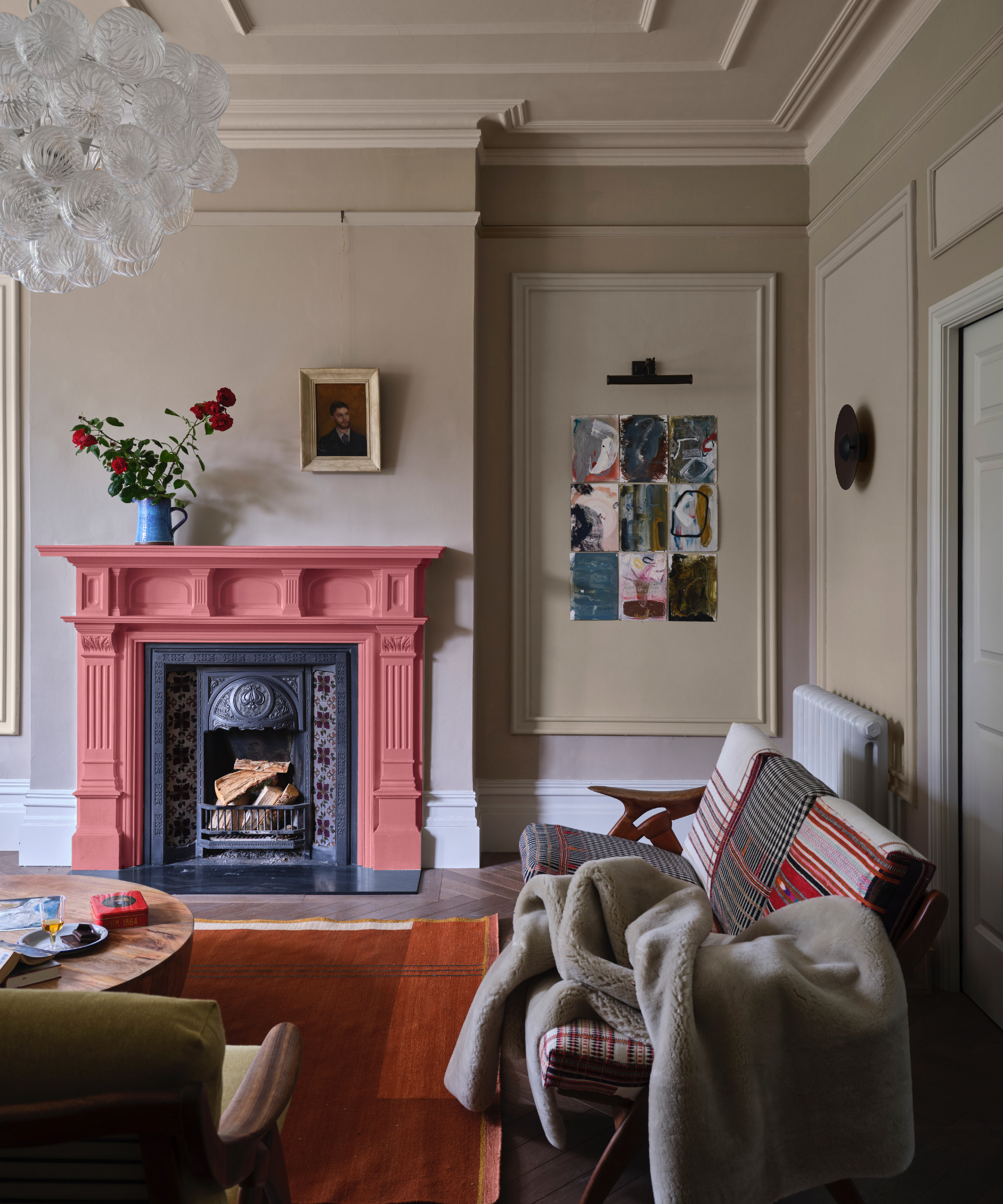
Rather than going all out to begin with and painting the walls of a room, you can opt instead to incorporate accent colors for a more understated look.
'If you tend to lean towards neutral schemes, committing to decorating a whole room in brights for your room color ideas might feel too much, a judicious splash here and there will induce a smile but not overwhelm a space,' explains Patrick O'Donnell from Farrow & Ball.
This approach works especially well with bold, bright hues, such as the pink fireplace pictured above that stands out when paired with the soft beige walls. Katharine Rhudy, owner of Reed & Acanthus agrees, explaining: 'Painting an accent wall is a quick and easy way to add a punch of color to any room without much expense. Try painting an accent wall in a contrasting color or a few shades darker than the rest of the walls.'
3. Opt for muted color variations
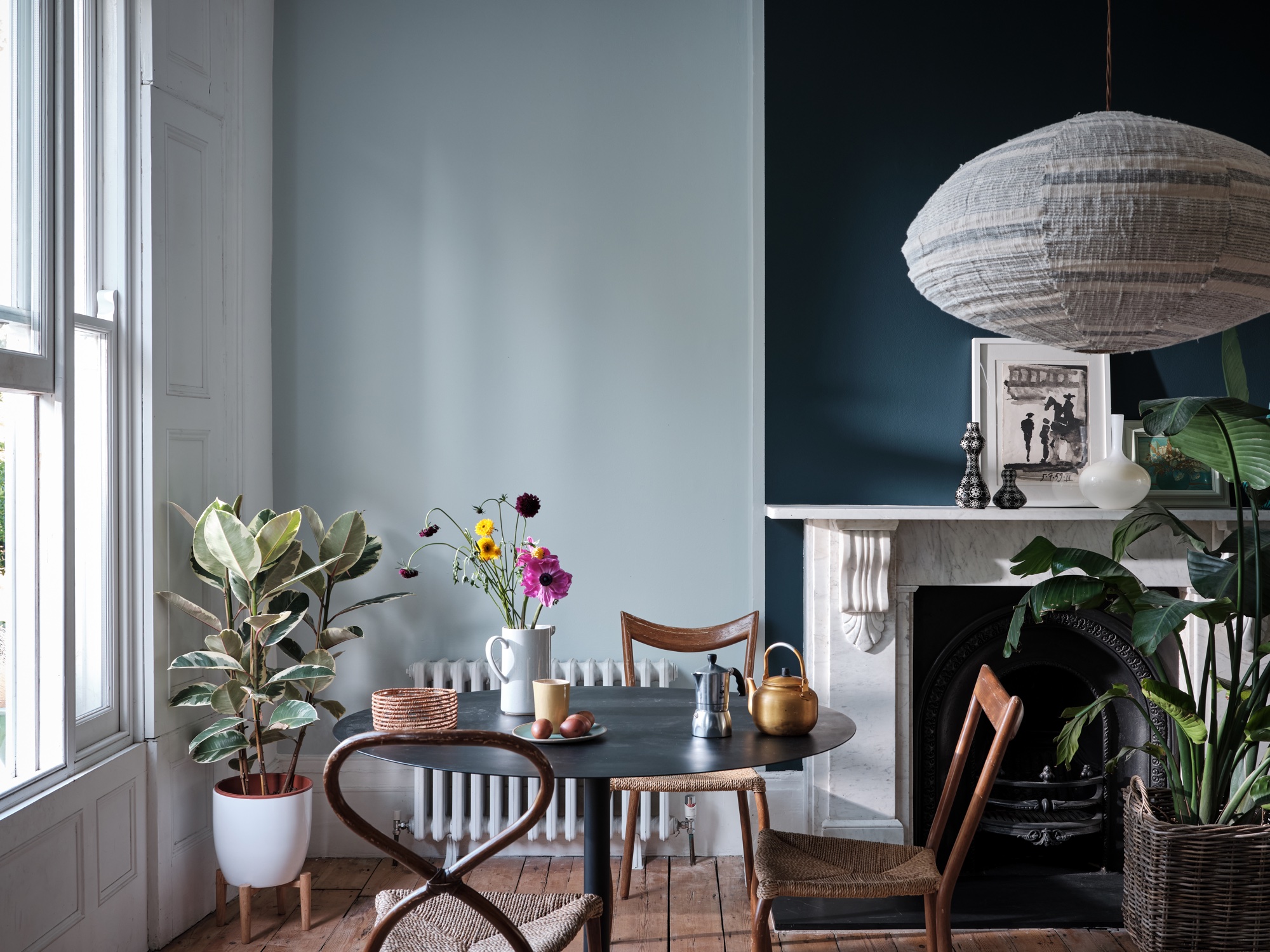
Another way to begin decorating with color is to opt for muted and gentle hues. If you're not drawn to bright shades, then stick to soft colors that still uplift a room yet promote a relaxed and subtle look.
'If you’re looking for something a little more understated, opt for colors like olive green, sage green, indigo, or Aegean blue – all will add a little extra life into your space and blend beautifully with a neutral palette,' says Helen Shaw, Director of Color Marketing at Benjamin Moore.
This same approach works for darker colors too, as Ruth Mottershead explains: 'I love deep, muted, soothing tones in bedrooms that create a soporific atmosphere such as Nether Red paired with French Grey Dark, a combination which evokes a sense of restfulness. When used all over, darker colors such as the sumptuously rich Chocolate Colour or the deep earthy stone of Baluster, give the illusion of depth which creates that cozy quality and a sense of enveloped warmth.'
4. Incorporate color through tablescapes
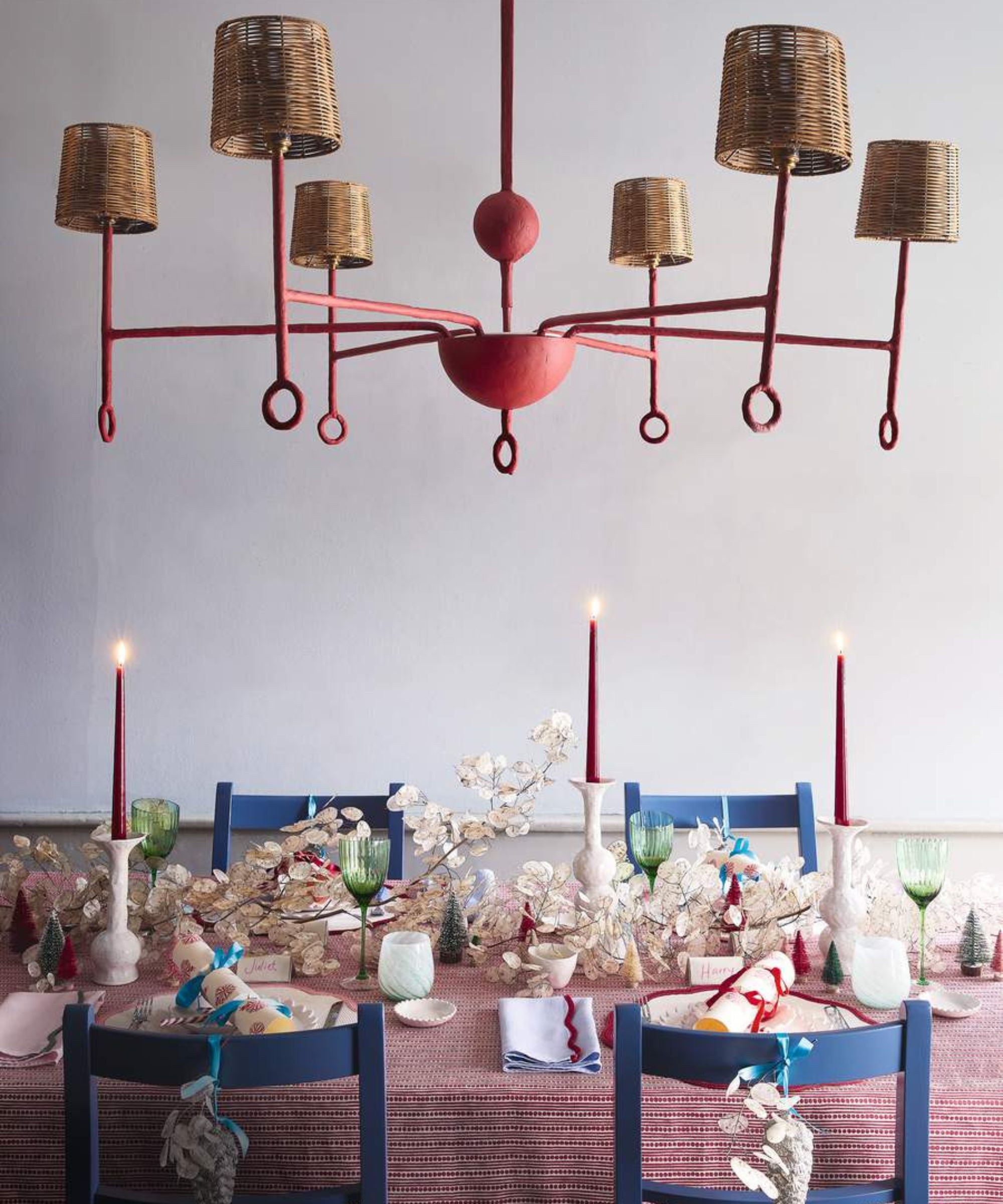
If bringing color to the permanent fixtures of a room feels too much of a commitment, then you can instead choose to bring color into your dining table decor ideas. This can be done according to the seasons and is a simple way of adding interest to an otherwise neutral room. Kristen Fiore explains different ways to create this look below:
'We love to decorate a table with fancy, fun, patterned, colorful place settings. Building a table setting goes beyond a runner or napkins, but these items play a very important role when designing a table. We loved vintage and colored vases and glasses, a beautiful pattern on the dishware that is repeated or mixed. Hand-made pottery and ceramics bring softer more organic shades but still embrace color in table settings and vases. Simply draping a couple of the chairs with blankets and adding cushions to the seats are other ways to dress up in color without having to make a big commitment.'
5. Embrace a colorful kitchen

If you're wondering which room in the home is best placed to welcome a splash of color as a starting point, the kitchen can be a great option. 'The kitchen is often the hub of the home and exudes energy and activity, so it’s easy to opt for bold pairings ,' says Ruth Mottershead.
'You can also opt for a calmer palette that reflects homeliness, warmth, and creativity; the gold-toned Light Bronze Green is a beautiful shade that recalls a natural earthiness and works very well when paired with Nether Red and Elysian Ground for a kitchen scheme that draws you in,' says Ruth.
6. Use accessories to add color

For a less-commital way of decorating with color, opt to add colorful accessories to rooms throughout your home. 'You can easily maintain a neutral decor scheme whilst introducing splashes of color, for example through your accessories and soft furnishings,' says Helen Shaw.
Interior designer and founder of VERDE Interior Design Luis Carmona also suggests incorporating color through accessories and adds that this has the benefit of being a lot easier to replace if you change your mind in the future. 'The best way to bring color into a home when you are a neutral lover is to ensure the color can easily be removed or changed. One of the boldest moves one can make in design is to have larger colorful pieces that truly define a space. If you get tired of those pieces, swapping them out may be more of an arduous task than expected.'
'When you bring in colorful art, a rug with colorful hues or fresh florals, you are adding color to the space without it being too permanent. If you want your place to go back to its original, neutral palette, all of these items can be easily removed or changed for their more muted counterparts,' says Luis.
7. Paint window reveals
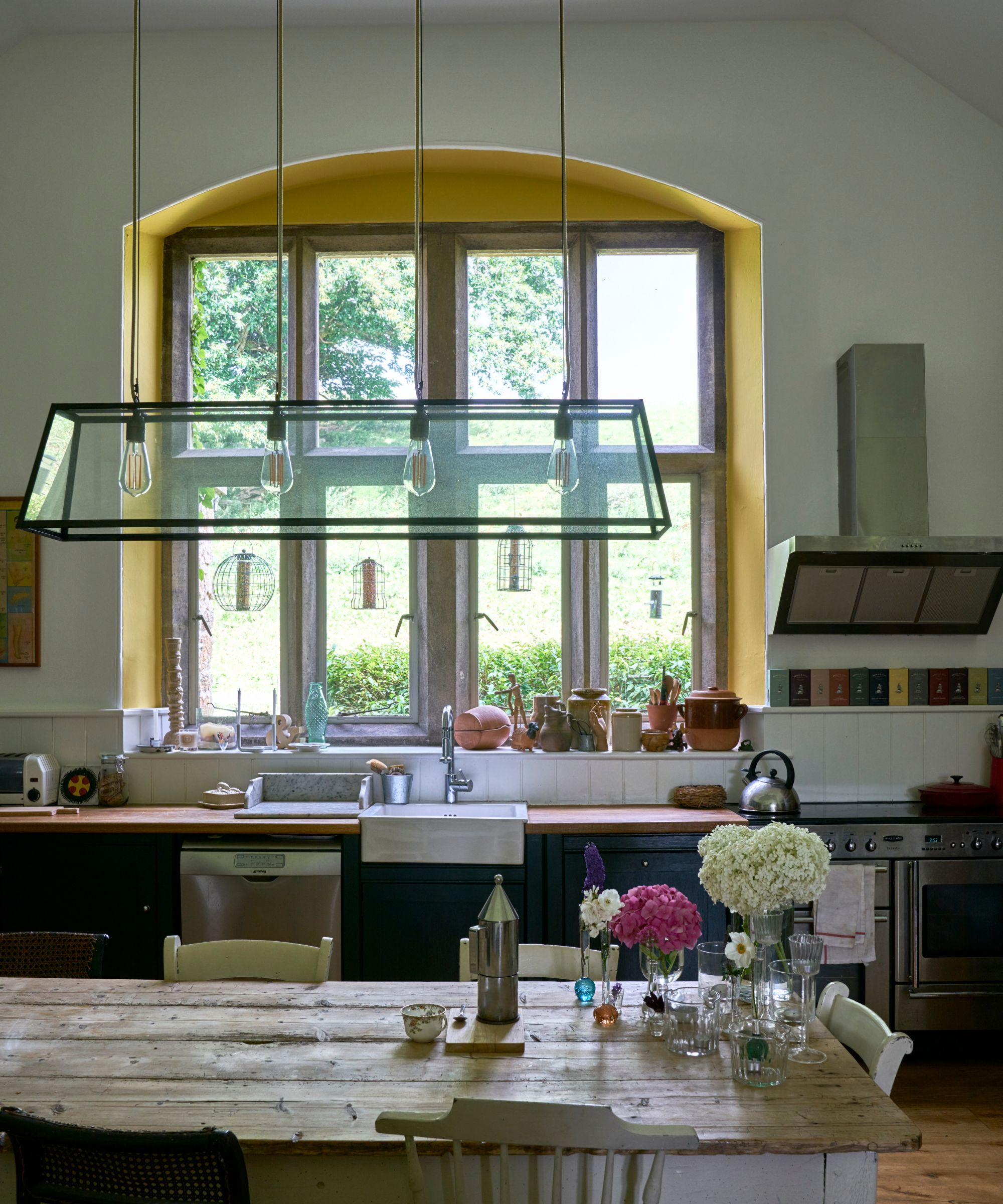
Lastly, another way of bringing color into your home without painting the walls of a room is to consider painting your window reveals. 'Bring in a touch of sunshine and paint your window reveals in a bright yellow such as Babouche, or include a flash of joyful red on the inside of cupboard doors, to bring a little hint of summer joy even on the gloomiest of days,' says Patrick O'Donnell.
There are endless ways to start bringing color into your home when you're used to decorating with neutrals. Whether you want to go all out with painting the walls or instead keep it understated by adding color through accessories, there are lots of ideas to help elevate your home.
It's also worth remembering that decorating with color doesn't necessarily mean bright hues, you can equally opt for softer, subtle shades that will no doubt be easier to integrate. 'Sticking to the existing neutral color palette, but selecting darker shades of that color from the opposite end of the color spectrum can be an effective option to bring color into a space for those who are happy to be in the neutral zone,' says Luis Carmona.







